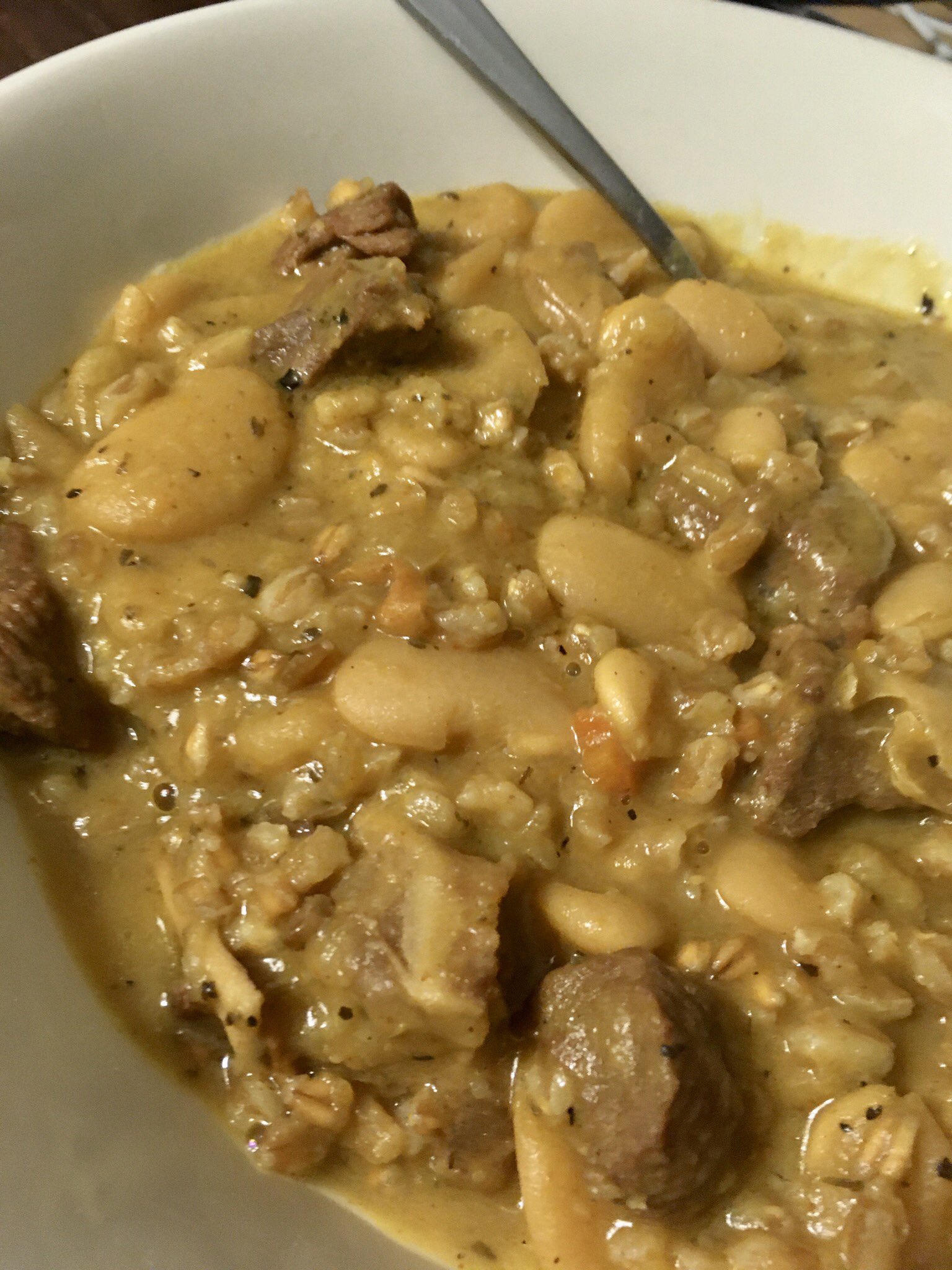2024 was my year where I read six books about making or cooking food, and one about compost, which helps grow food.
In 2025, I need to read a few more books by Edward Carey, Silas House, creativity, and cooking.
My Yearly Plan
Each year, the plan is to read a book a week, and this year I managed two books a month. It’s not bad for thinking I was going to spend less time reading this year and more time learning on YouTube and other websites. I spent too much time watching creators to see what was going on in their lives, more than the ones teaching me things or letting me learn from them.
Again, from mid-November/Thanksgiving until the end of the year, I attempted to finish up a handful of books I was partway through, along with some shorter/more straightforward/easier-to-read books.
The short, easier-to-read ones are between 120 – 150 pages and smaller in size. So I can read them in a few days or a day, depending On how much time I have. The others are 250 – 400 pages and are more involved, and I need to pay more attention while reading them.
NOTE – I typically read a handful of books at once.
Reading more than a book at a time allows me to switch around depending on my mood. If I need light reading or have time to read through something a bit denser that needs more attention, I can.
My List of Books I Read in 2024
My list of books is in the order I read them.
- Edith Holler – Edward Carey
- The Hobbit – J. R. R. Tolkien
- Steal Like an Artist – 10 Things Nobody Told You About Being Creative – Austin Kleon (re-read)
- Show Your Work -10 Ways to Share Your Creativity and Get Discovered – Austin Kleon (re-read)
- Keep Going – 10 Ways to Stay Creative in Good Times and Bad – Austin Kleon (re-read)
- Start with Why – How Great Leaders Inspire Everyone to Take Action – Simon Sinek
- The Botany of Desire – A Plant’s-Eye View of the World – Michael Pollan
- Crying in H Mart – A Memoir – Michelle Zavner
- Persepolis – The Story of a Childhood – Marjane Satrapi
- Persepolis 2 – The Story of a Return – Marjane Satrapi
- The Subtle Art of Not Giving a F*ck – A Counterintuitive Approach to Living a Good Life – Mark Manson
- Desert Oracle – Volume 1 – Ken Lake
- Compost – Transform waste into new life – Charles Dowding
- Never to Small – Creative, compact, and joyful ways to design and live – Never to Small Magazine
- It’s Not How Good You Are, It’s How Good You Want to Be. – The world’s best-selling book by Paul Arden
- Dignity – Desert Oracle Books Joshua Tree, Calif. – Ken Lake
- Everything is F*cked – A Book about Hope – Mark Manson
- The Bean Book – 100 Recipes for Cooking with all Kinds of Beans – Steve Sando with Julia Newberry
- Feck Perfuction – Dangerous Ideas on the Business of Life – James Victore (re-read)
- The Crossroads of Should and Must – Find and Follow Your Passion – Elle Luna (re-read)
- Do Breath – Calm your mind. Find focus. Get stuff done. – Michael Townsend Williams
- Finding the Mother Tree – Discovering the Wisdom of the Forest – Suzanne Simard
- Diet for a Small Planet (50th Anniversary Edition) – Frances Moore Lappe
- Do Smoke – A modern guide to cooking and curing. Jen Goss and Scott Davis (NOTE – I finished the last 26 pages on the morning of January 1st and was too tired to stay up on New Year’s Eve. )
Total Books Read
I finished the year strong and managed to read 24 books.
More Learning from YouTube
Again this year I continued watching more YouTube to learn about cooking, shooting videos, storytelling, starting a YouTube channel, starting a small farm, etc., and taking a few courses I purchased about editing with DaVinci Resolve.
My Reading Plans for 2025
Here’s to reading about a book every week to two weeks in 2025.
In 2025, I plan to continue to spend more time learning how to shoot, edit, and add special effects/graphics to videos to start my YouTube channel. It didn’t turn out that way last year, but I need to put more effort into it in 2025.
Please comment if you have read any of these books, what you thought of them, and if you have any suggestions.

